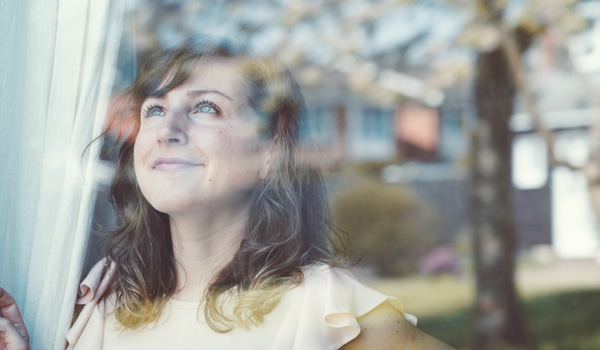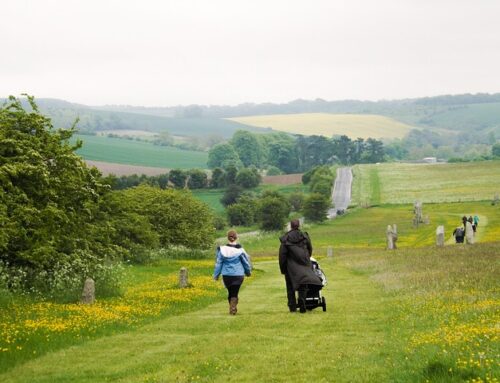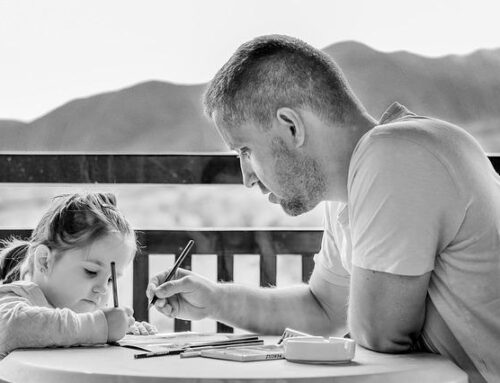By Katie Chen
“What a time to be alive.” Is something that I’ve heard others say, and something that I’ve said myself. Because, truly, what a time it is to be alive. This 2020 has been a beast of a year, throwing one thing at us after another, and it surely feels unprecedented: that we’re witnessing something worthy of noting, something huge, and unusual. As Stephen Colbert said the other night, “It’s official, scientists have declared that 2020 is the longest year on record,” and I laughed hard, because it really does feel that way.
Some days truly feel like we are trapped in a never-ending 2020 vortex. I am both very sure it is summer because of the climate, but very unsure of how we got here, because the usual landmark holidays, events, which indicate the passage of time, never happened. Instead, the passage of time has been marked by collectively witnessing and experiencing horrors and tragedy, one after the other. We are enduring collective loss, grief, and trauma, together but separately, and it has been painful, and it feels in many ways, unending. So much, in fact, that I would say that many of us are experiencing despair.
Despair. Oxford dictionary defines this as the complete loss or absence of hope. It can feel heavy and dark to acknowledge this space. Personally, we will have our own reasons and ways that we have been touched by this period of time leading us to find that word. Similarly, we will all have our own ways of feeling this loss of hope. We are all deeply unique in our own isolated worlds at this time, touched by personal crises and loss on top of the collective global ones, and are alone in many real ways.
I’m not going to lie. I’ve been feeling a lot of despair lately. Generally, about the content of the global world, and also due to personal tragedies that I’ve experienced in the midst of it all. This period of time has not been easy. And yet, when a friend asked me if I had been able to find moments of peace, I surprised myself by saying, “Well now that you ask, yes! I’ve actually been laughing a lot and finding many moments of exuberance and gratitude. I’ve actually never felt so alive.”
I know. It didn’t make a lot of sense to me either. But it was true. Emotionally, I was both in crisis and at peace. Things made more sense when I was reminded of a passage that I had encountered in When Things Fall Apart by Pema Chodron.
“Things falling apart is a kind of testing and also a kind of healing. We think that the point is to pass the test or to overcome the problem, but the truth is that things don’t really get solved. They come together and they fall apart. Then they come together again and fall apart again. It’s just like that. The healing comes from letting there be room for all of this to happen: room for grief, for relief, for misery, for joy.” (Chödrön, 1997, p.9)
Chödrön then goes on to explain that when we think something is going to bring us pleasure or misery, we’re not quite sure what will actually happen next. We don’t know, and that’s the most important lesson: accepting, embracing, and making space for that not knowing. Robert Siegel also has an amazing way of conceptualizing depression (and I would argue, the function of the emotional spectrum), using the metaphor of a sine wave. (crh23 / CC BY-SA, n.d.)
“Do you know what happens to a sine wave—a standard S-shaped wave that you might see on an oscilloscope, or that you can see with a rope? If you move it so the bottom part doesn’t dip as far below the midline, what happens is the top part comes down too. OK. It doesn’t rise as far. This seems to be what’s happening in depression. The mind tries, consciously or unconsciously, to avoid the bottom part of the sine wave, to get rid of the pain. And in the process, we lose the capacity for joy, for interest, for engagement. We become deadened. We lose the capacity for life.” (Siegel, 2014, p.239)
According to Siegel, part of accessing joy is, in fact, accessing and allowing for the opportunity of pain and sorrow to be experienced on the bottom of the wave. Conscious of it or not, my invitation of grief and despair into my life had unwittingly also invited the capacity for joy, and to experience the upper portion of the sine wave.
I was reminded of a recent conversation that I’d had with colleagues about the socially constructed expectation for happiness. So often, happiness is seen as a permanent state, a destination reached after long, and hard work. It is seen in the, “I can’t wait for COVID – 19 to be over so that things can go back to normal,” or the statements that explicitly state that once a set of events occur, then the individual can finally be “happy.”
The expectation that happiness, once you achieve it, is a permanent state once you get there, is detrimental to our mental health for many obvious reasons. But the same is true about despair and sorrow as well. And yet many people avoid experiencing these emotions for fear that they will be everlasting and permanent. Somehow, we’ve forgotten that permanence at either and all parts of the spectrum of emotion is simply unattainable and impossible.
Regardless of how it feels at times, impermanence is the rule, and likely a balm for our despair just as much as it is the cause of it. As much as it feels like 2020 will last forever, it won’t. Many things may have shut down for the duration of the pandemic, but the passage of time hasn’t. Planet earth continues to circle the sun, we continue to breathe in and out, our cells continue to divide over and over again. Life goes on, and in this way, this period of time is hardly different than any other, as impermanence is the only constant that we have. It’s tied to both loss and gratitude. What a time to be alive.
Anyone who knows me well, knows that I am a huge fan of the On Being podcast by Krista Tippett. In her podcasts, she frequently talks about hope as a muscle that can be flexed and strengthened. Since I first encountered this concept, I’ve flip flopped back and forth between loving it and hating it. So often, the concept of hope is misconstrued with optimism, and I am obviously one for authentic and deep experiencing rather than surface optimism.
However, after more reflection on the concept, I think I’ve finally come back around to loving it. I have realized that hope is a simple word for many functions. True hope cannot function without both accepting impermanence, being curious about what comes next, being vulnerable to the infinite outcomes, and living with integrity by committing to experiencing the entire spectrum of the emotional sine wave. It sounds like a lot, because it is. Being a human is hard.
Luckily, we’re not alone in this.
Accessing the bottom portion of the sine wave can be scary and intimidating, especially if you’re dealing with an overwhelming amount of grief, loss, or stress. Sometimes, the fear that it will be all-encompassing and permanent once you start to feel it, can be profuse; a waterfall that will never stop. But there are so many resources out there to guide you and support you. In the meantime, remember that it is important to give yourself self compassion. It’s ok to grieve. And it is ok to not function to the best of your abilities right now.
Below are just a few suggestions for how to move forward.
- Therapy (Find someone you trust and enjoy collaborating with. Call the Center for Trauma Stress and Anxiety for more guidance and to speak with one of our therapists – (443) 567-7037)
- Mindfulness/Meditation: Meditation for Working with difficulties
- Journal: Free-write using loose associations, without any censorship or judgment, focusing on emotions as they come up.
- Listen: On Being with Krista Tippet: Devendra Banhart “When Things Fall Apart”
Resources:
Chödrön, P. (1997). When Things Fall Apart: Heart Advice for Difficult Times. Shambhala.
crh23 / CC BY-SA [Image of Amplified Sine Wave]. (n.d.) https://commons.wikimedia.org/wiki/File:Amplified_sine_wave.svg
Hope is a muscle. (n.d.). On Being. Retrieved June 26, 2020
Regents Of The University Of California, Mindful Awareness Research Center, & Winston, D. [UCLA Health]. (2014, May 27). Meditation for Working with Difficulties [Video]. YouTube. https://www.youtube.com/watch?v=XInJoYvy_ew&feature=youtu.be
Siegel, R. (2014). The Science of Mindfulness: A Research-Based Path to Well-Being. The Teaching Company.
Tippett, K. (Producer). (2020, May 7). On Being [Audio podcast]. Retrieved from https://onbeing.org/programs/devendra-banhart-when-things-fall-apart/





Leave A Comment